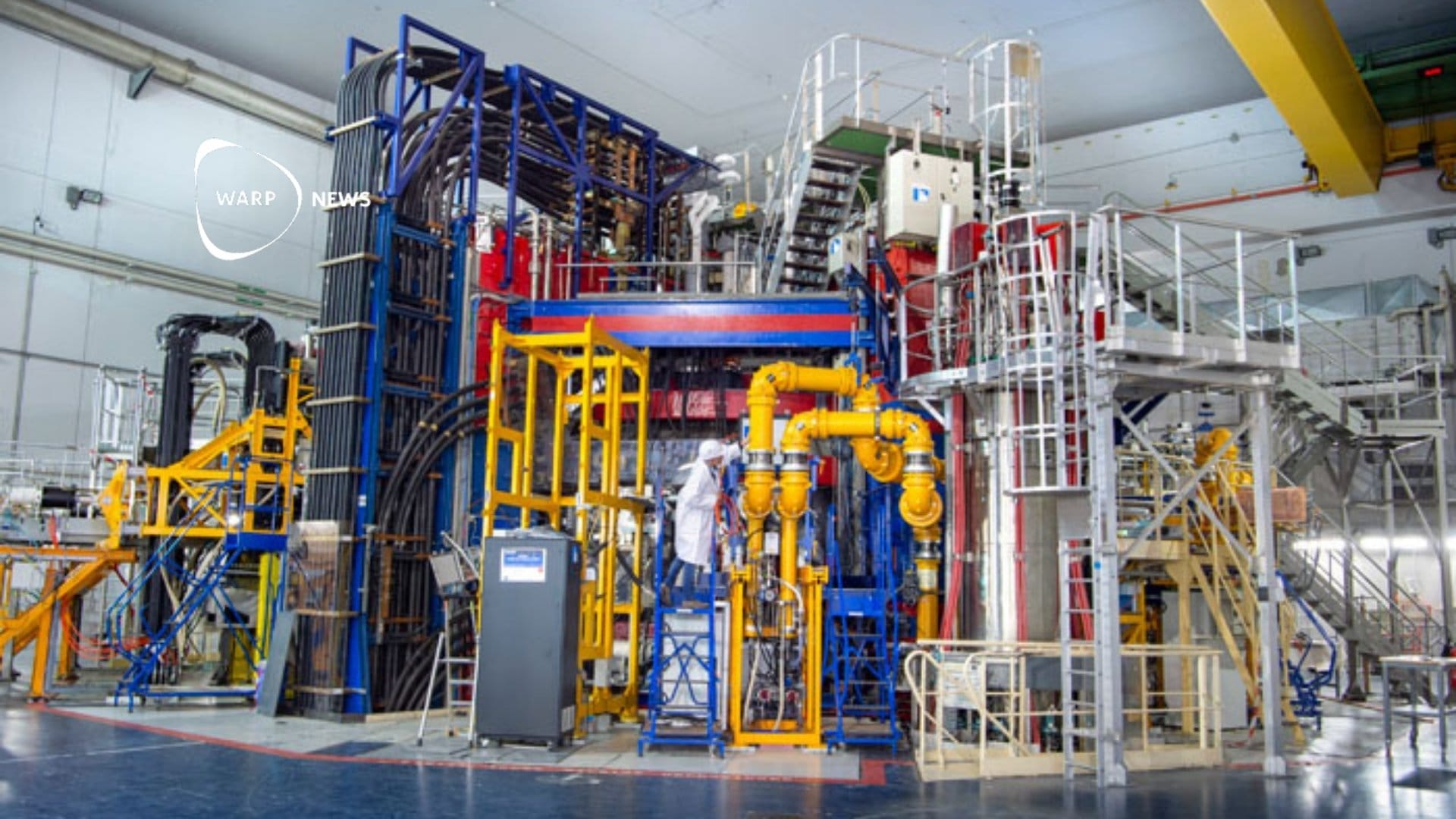
🔋 Funding for Project Energy Society
Sweden's innovation agency, Vinnova, has awarded $100,000 to Lund for the CoAction project, in which Project Energy Society is included. The goal is to create a new electricity grid with energy sharing, enabling a low fixed price for electricity.
Share this story!
Sweden's innovation agency, Vinnova, has granted one million SEK (about $100 000) to Lund Municipality for the CoAction project, in which the Project Energy Society is included.
Project Energy Society is a project that Warp Institute participates in, led by Jonas Birgersson and his company ViaEuropa. The goal is to create a new electricity grid with energy sharing, allowing for a low fixed price for electricity.
"The installation in Lund will be the first in the world with an internet-based solution for energy distribution, making it possible to install an unlimited amount of local energy resources since the traditional network is not negatively impacted," says Jonas Birgersson.
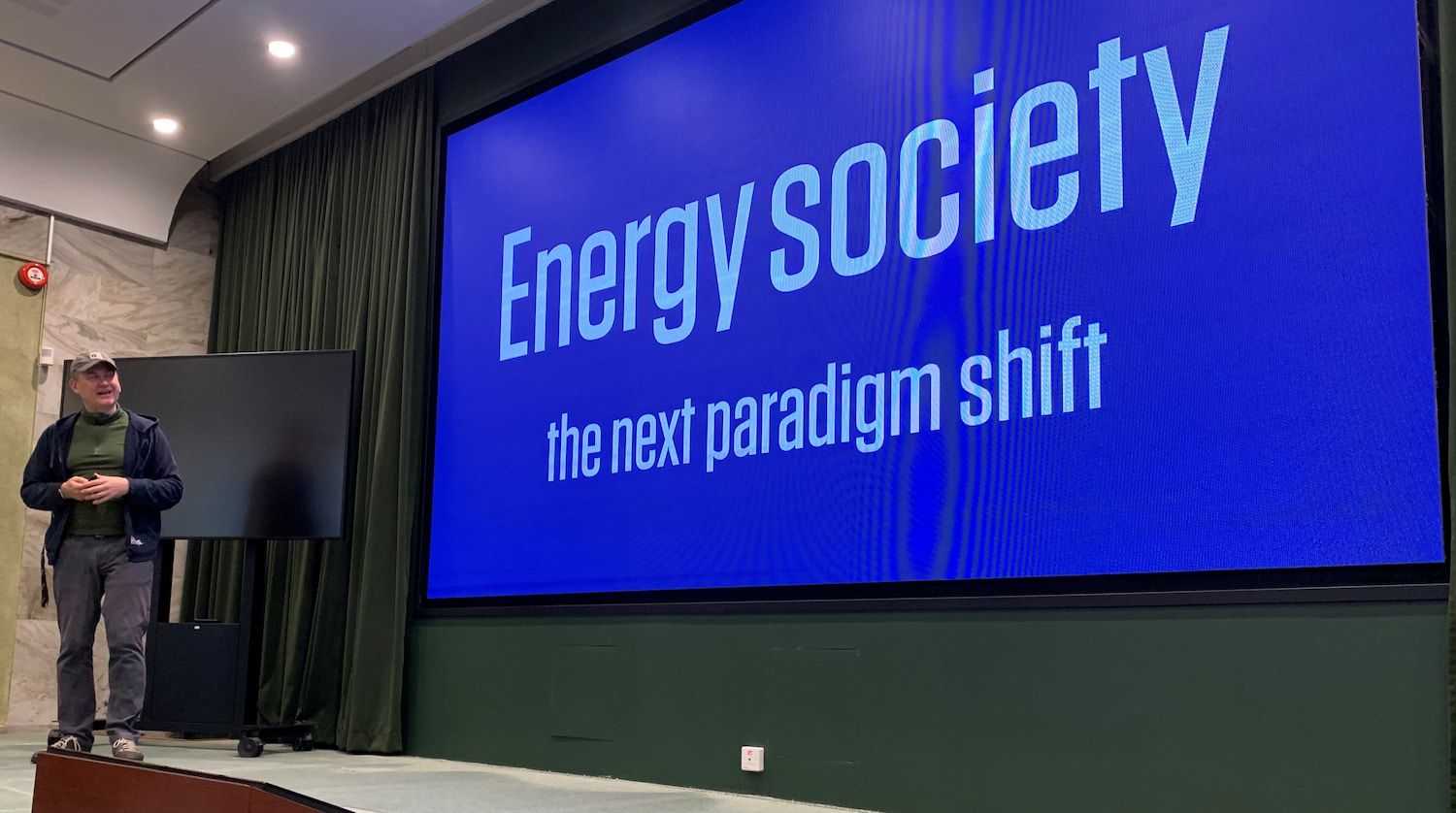
Creating a system demonstrator
The funds from Vinnova are intended for a pilot part of a so-called system demonstrator. System demonstrators aim to take a comprehensive approach to complex challenges, such as emission-free transportation, emission-free areas, and energy-positive neighborhoods. This requires the mobilization of all societal stakeholders involved - businesses, authorities, municipality, region, civil society, and academia.
Stockholm is the other municipality also receiving funding from Vinnova.
In the case of Lund, a system demonstrator is to be created with the aim of making Lund a climate-neutral municipality by 2030. In Lund, together with a range of co-actors, they will create a mobility system with reduced emissions while maintaining accessibility. The mobility system will also be linked to a climate-neutral energy system in the area. The latter part is Project Energy Society.
The funds from Vinnova will be used for a planning phase, and during the spring of 2024, funds for implementation can be sought. The total budget for the implementation is about $6 million over three years.
Prototype construction in November
As we previously reported, the first prototype for the Energy Society will be built in Lund, connecting a property from Wihlborgs with a student home.
In Wihlborgs' Alfa 3-6 property, a battery will be installed, and the Blekingska nation has a solar panel facility on its property. A direct current cable will be laid between the buildings, allowing them to share the energy from the battery and solar installation.
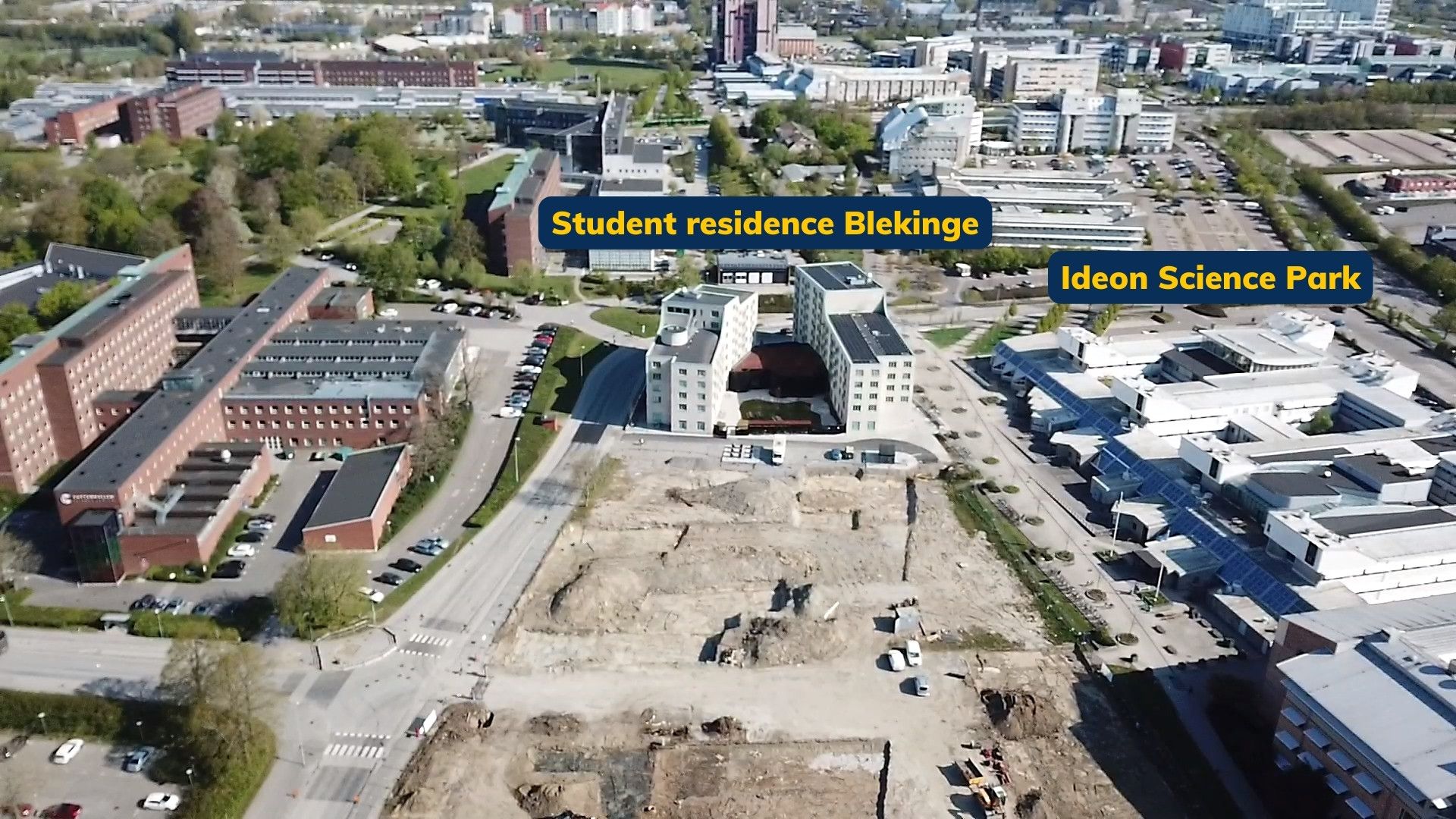
On weekdays during daytime, Wihlborgs' property needs electricity, while the Blekingska student residence often produces more than what is currently needed in the student apartments. Instead of selling the surplus to the grid at a low or even negative electricity price, the surplus is transferred to Alfa 3-6, and the battery is charged.
In the evening or at weekends, when the electricity demand in Alfa 3-6 is low, electricity can be transferred from the battery to Blekingska, Wihlborgs said in a press release.
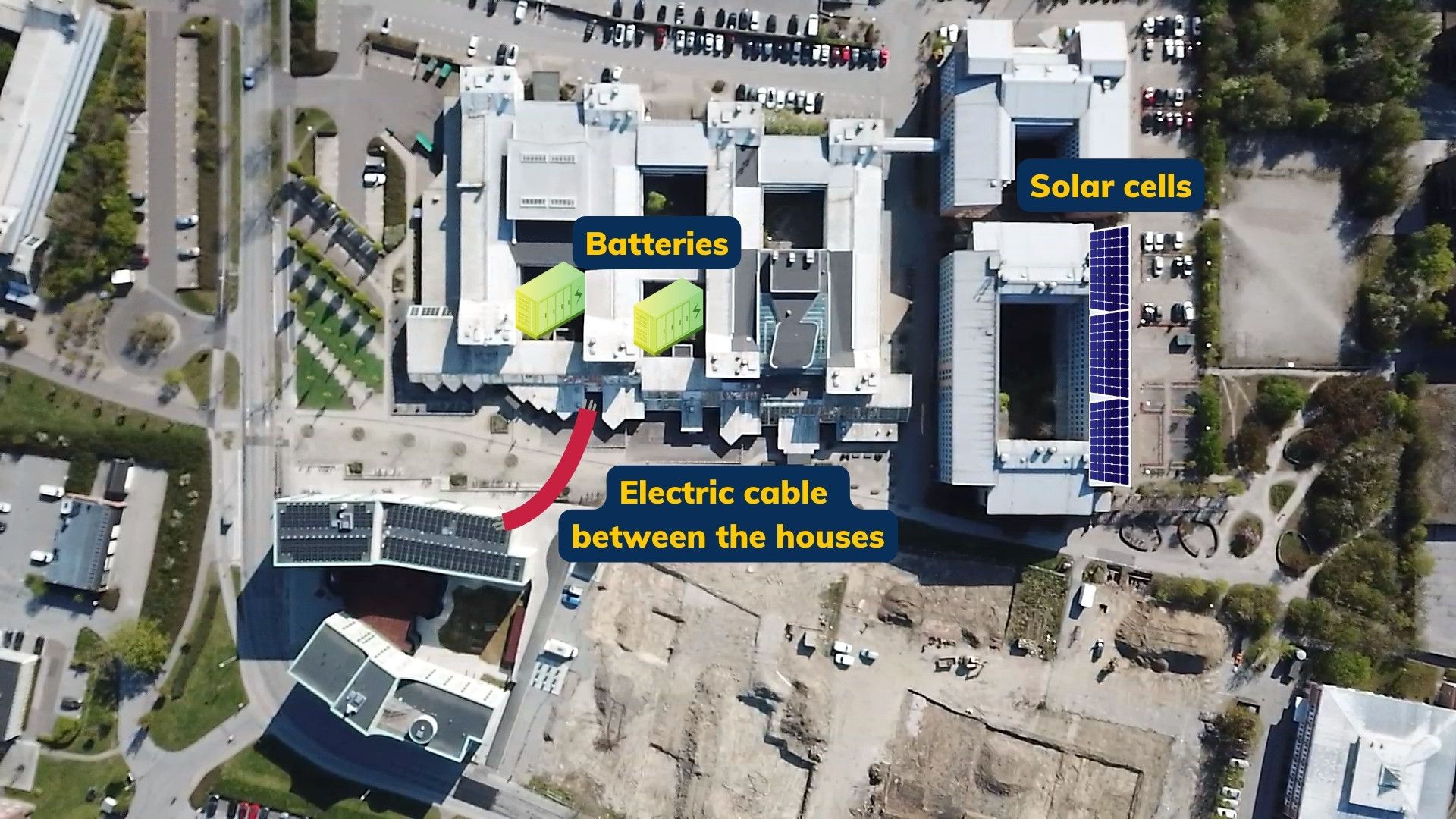
"By now establishing an open system in which we own the information ourselves, we can decentralise electricity supply and stabilise and reduce energy prices in time. The solution is particularly interesting from an implementation and investor perspective as it can be scaled up without large, individual investments. The solution is robust and can be quickly implemented as a result," says Ulrika Hallengren, CEO of Wihlborgs.
The next step is to start digging and laying the cable between the two buildings.
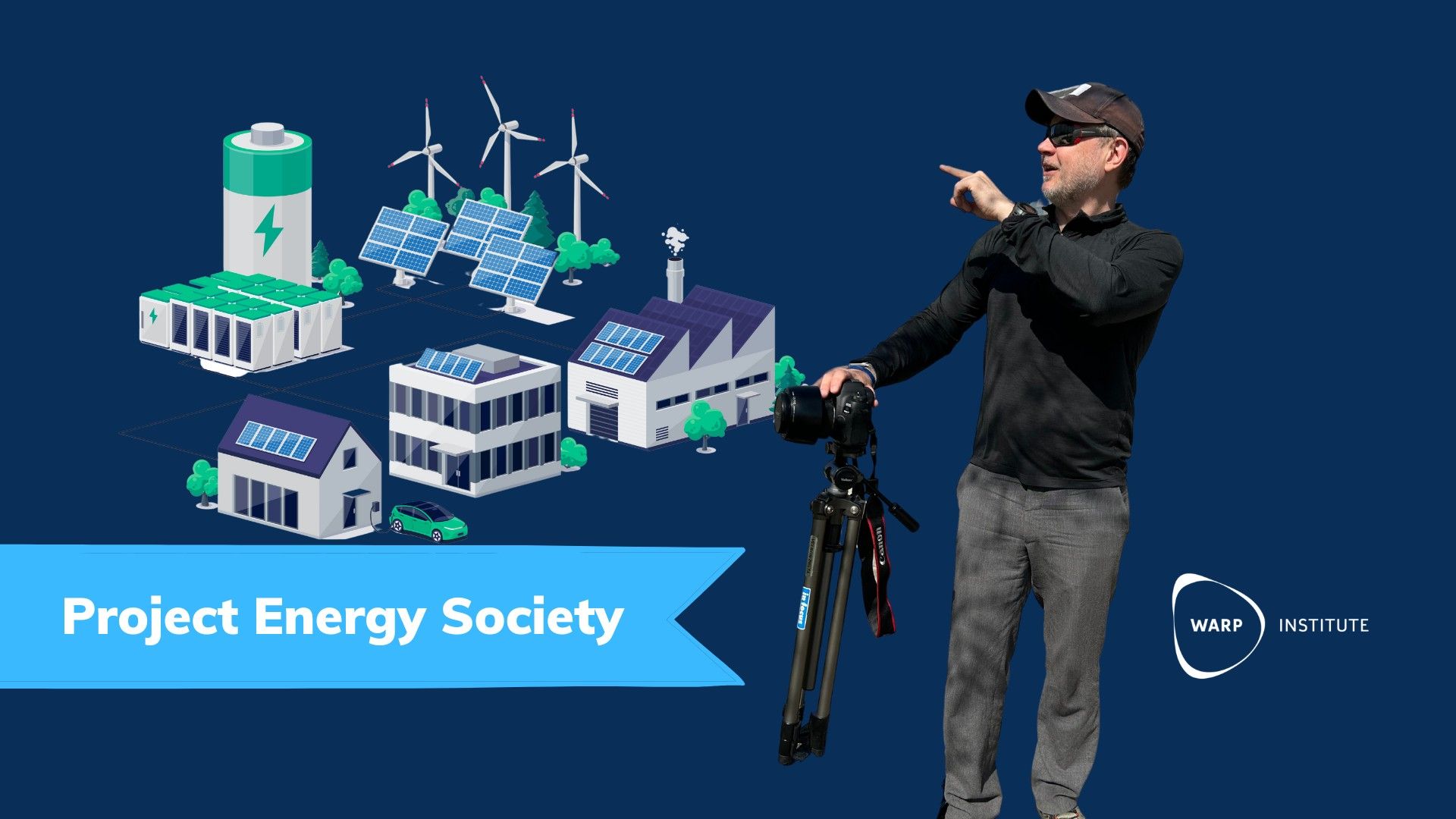
By becoming a premium supporter, you help in the creation and sharing of fact-based optimistic news all over the world.

